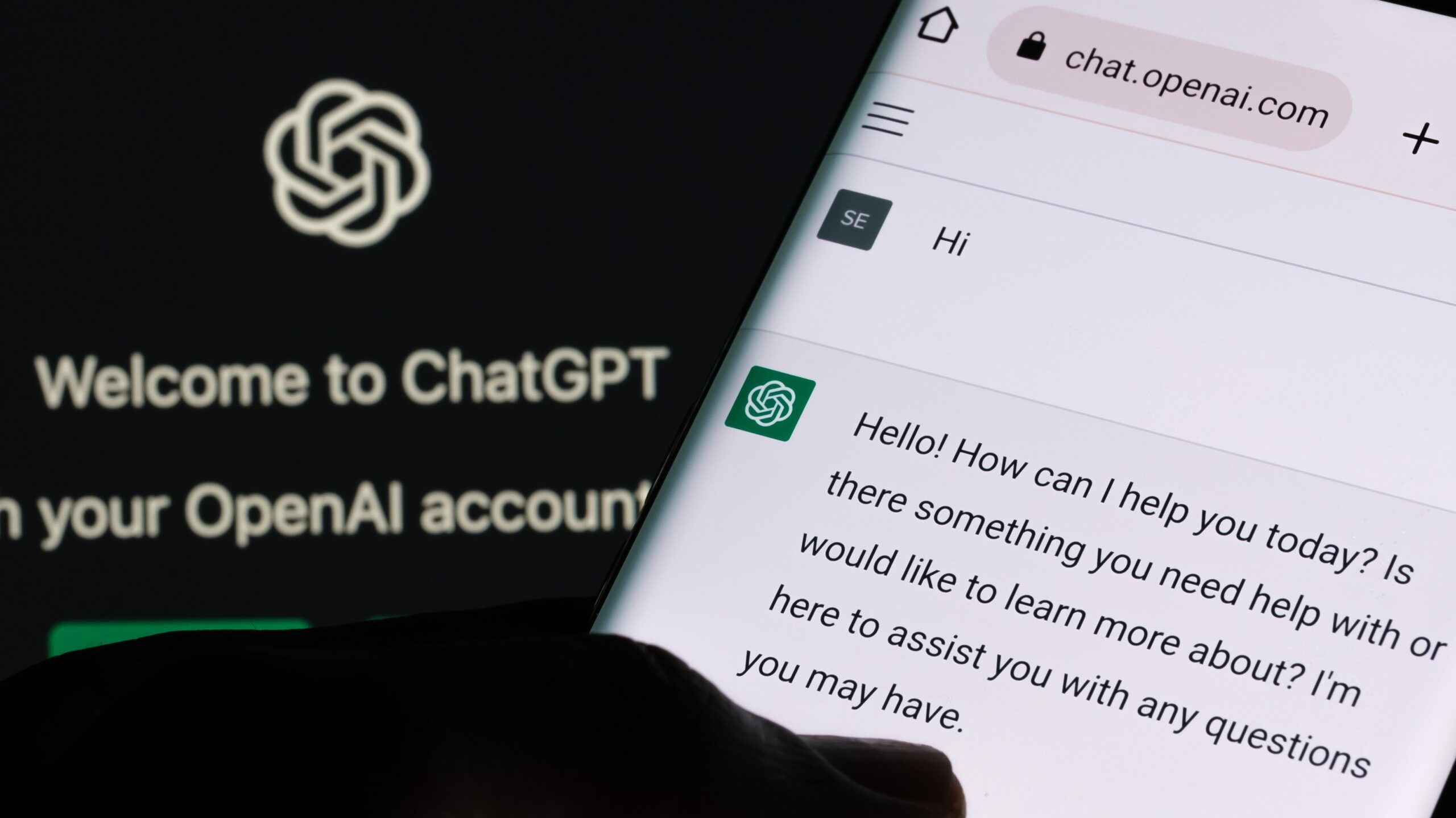
[0:00] The world we live in is changing rapidly thanks to the rise of AI language models, which are set to revolutionize the way we communicate and interact in countless ways. What does this mean for us as health and physical education professionals? In today’s episode, we’ll cover how AI language models are being used in communication education, the concerns around biases and accuracy, the role of open AI prompt engineering for improving prompt quality and the potential use of AI models and physical education.
[0:48] Hi, I’m Collin Brooks, and I am an Assistant Professor of Health and Physical Education at the University of West Georgia. The voice you hear right now is not actually mine. It is an AI voice. This podcast itself was assisted by AI by using an AI script writer which I collaborated with to create this podcast, I wanted to show some of the power of AI while discussing its potential use in physical education. With that said, let’s get started.
AI Language Models
[1:01] Microsoft Copilot, Google Bard, and Grammarly Go are all great examples of AI language models that we can use to facilitate communication and enhance collaboration. When it comes to leading the way in developing powerful and widely used tools, open AI is undoubtedly at the forefront. These tools have the potential to help people communicate more effectively across languages and cultures. And translation models like Google Translate are already enabling real time communication without the need for a human translator. AI language models also have amazing potential for education. They can provide personalized learning experiences and assist teachers with grading and feedback.
How to Use ChatGPT
[1:37] Being mindful of biases and using AI generated text in conjunction with other sources of information and professional expertise is critical. One popular way to use an AI language model is through open AI chat generative pre-trained transformer GPT three tool to access ChatGPT language capabilities, you can visit the ChatGPT page on the open AI website and click start chatting to interact with it directly in the chat window. Once in the chat window, you can ask to ChatGPT questions or give prompts for it to generate text, such as creating a sentence about a specific topic or providing ideas for a new lesson plan. One of the benefits of using ChatGPT is that it is free and requires no special software or hardware. However, it is important to note that it only has access to data from 2021 and earlier. If you want to save your conversations with ChatGPT you can sign up for an account. You can also upgrade to ChatGPT-4 for more features, such as plugins from platforms like Zapier.
When to Use ChatGPT
[2:32] While ChatGPT is a powerful tool, it should not be used as a substitute for human expertise and judgment. Health and Physical Education professionals can use ChatGPT to assist in their work, but should still rely on their own knowledge and experience. It is also important to critically evaluate ChatGPT responses for accuracy and appropriateness. In the following sections, we will discuss how ChatGPT can help create quality learning content and lesson plans, specifically through prompt engineering. Effective prompt engineering is the key to unlocking the full potential of these models. Prompts are specific and precise instructions that enable the AI language model to generate high-quality responses that are aligned with the user’s goals. The quality and specificity of prompts directly impact the AI language model’s output quality, so good prompt design is critical. Asking ChatGPT for information about a particular topic with a vague and open-ended prompt like “what can you tell me about topic X” might not yield accurate results. Instead, it’s better to use a specific and well-structured prompt that clearly defines the topic and what information is being requested. For example, a prompt like “what are some effective teaching strategies to help students manage stress and anxiety during the COVID-19 pandemic” is effective because it is specific, provides a clear request for information, and is easy to understand. This helps ChatGPT generate a relevant and helpful response. Physical education professionals can benefit greatly from AI language models, which can assist or act as a collaborator for teachers create engaging and effective learning content, and even help create tailored assessments and rubrics for grading. Nevertheless, it is crucial to approach these models with caution and careful consideration.
[4:11] As the accuracy and appropriateness of the generated text can vary widely. I encourage you to check out ChatGPT and begin learning effective prompt engineering skills and see the various ways it can provide you help in your workflow and enhance student learning. While integrating ChatGPT into educational platforms as possible, it should be executed with caution and attentiveness towards student learning. It is essential to adhere to best practices such as creating content that aligns with academic standards, promotes inclusivity, is accessible, and resonates with students of diverse backgrounds and abilities. Adopting a student-first approach during the creation process can guide businesses and creators in a direction that will ultimately enhance student learning and experiences as long as they are mindful and deliberate.
[4:56] Thanks for listening to today’s episode, where we explored how AI language models can be helpful in physical education while also being mindful of potential biases and accuracy concerns don’t forget to subscribe for more insights in the future




